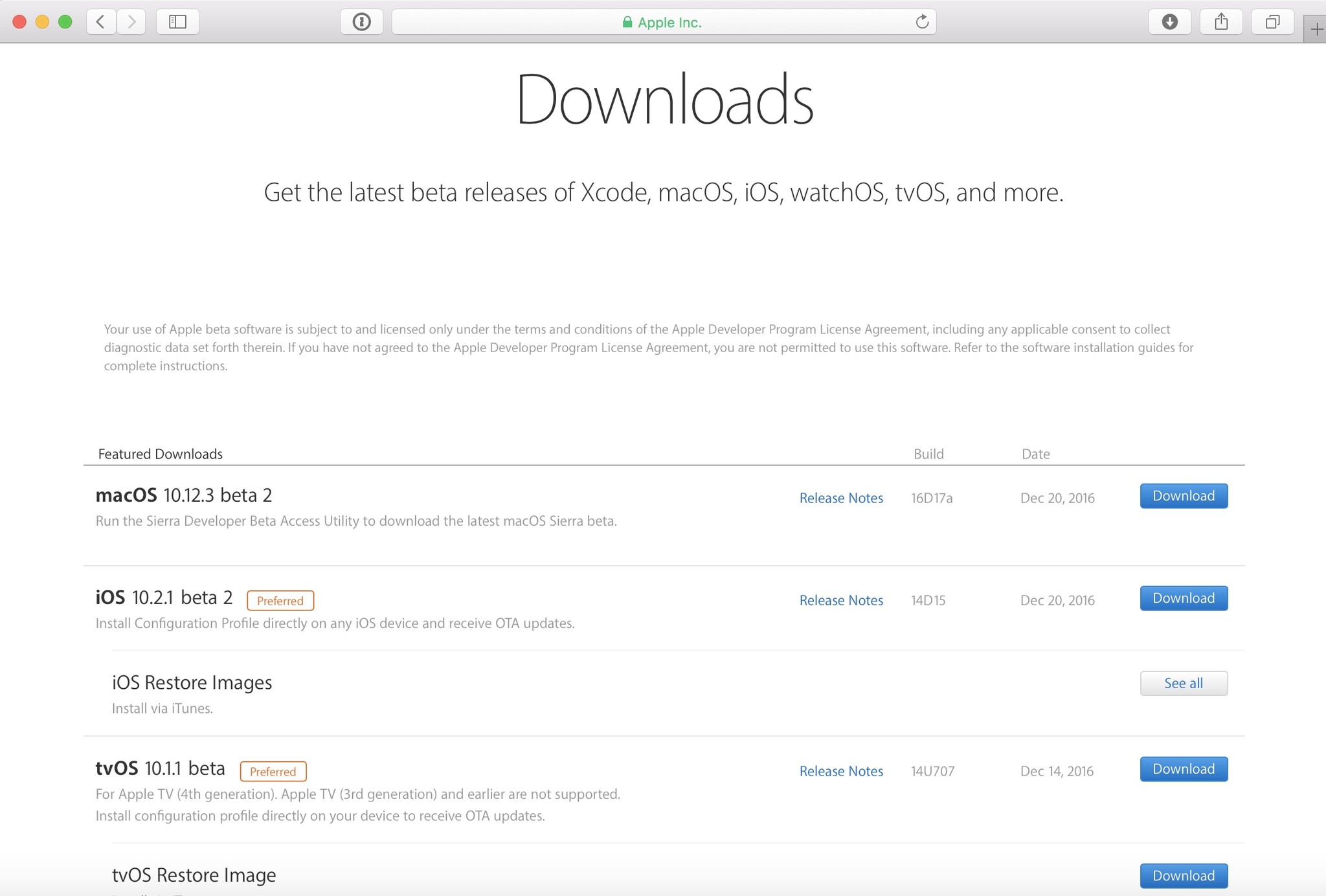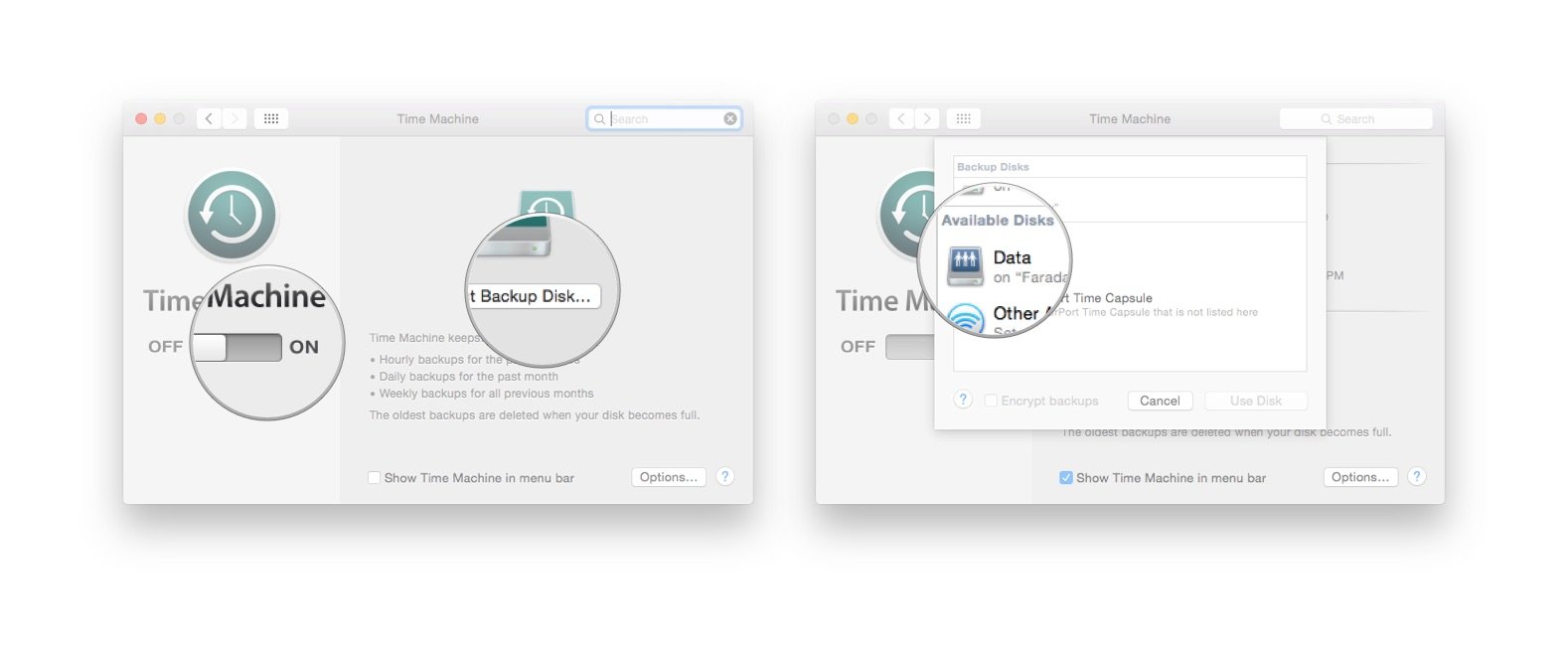- Macos Mojave 10.14 Install.dmgcleverbridal Patcher
- Macos Mojave 10.14 Install.dmgcleverbridal Dmg
- Macos Mojave 10.14 Install.dmgcleverbridal Catalina
- Macos Mojave 10.14 Install.dmgcleverbridal High Sierra
- Macos Mojave 10.14 Install.dmgcleverbridal 8
Sep 07, 2018 This article guides you through the process of performing a clean installation of macOS 10.14 Mojave using the bootable USB drive method, rather than upgrading your Mac using Apple's standard.
To get the latest features and maintain the security, stability, compatibility, and performance of your Mac, it's important to keep your software up to date. Apple recommends that you always use the latest macOS that is compatible with your Mac.
Learn how to upgrade to macOS Big Sur, the latest version of macOS.

- Jan 15, 2020 Apple recently announced Mojave operating system, a version of macOS 10.14 Beta 1, for developers. MacOS 10.14 was called Mojave. Apple also released the 10.13.5 version of High Sierra. MacOS users can update and use existing macOS High Sierra 10.13.4/10.13.5 operating systems to macOS 10.14.
- Serato has testing their products with macOS 10.14 Mojave and has found the following: MacOS 10.14 Mojave is supported with Serato DJ Pro 2.0.5 and Serato DJ Lite 1.0.5. However, they recommend to not update to Mojave for use with Serato Sample and have found some issues with Mojave and Sample UI. For information, please visit their Mojave.
Check compatibility
If a macOS installer can't be used on your Mac, the installer will let you know. For example, it might say that your Mac doesn't have enough free storage space for the installation, or that the installer is too old to be opened on this version of macOS.
If you want to check compatibility before downloading the installer, learn about the minimum requirements for macOS Catalina, Mojave, High Sierra, Sierra, El Capitan, or Yosemite. You can also check compatible operating systems on the product-ID page for MacBook Pro, MacBook Air, MacBook, iMac, Mac mini, or Mac Pro.
Make a backup

Before installing, it’s a good idea to back up your Mac. Time Machine makes it simple, and other backup methods are also available. Learn how to back up your Mac.
Macos Mojave 10.14 Install.dmgcleverbridal Patcher

Download macOS
It takes time to download and install macOS, so make sure that you're plugged into AC power and have a reliable internet connection.
These installers from the App Store open automatically after you download them:
- macOS Catalina 10.15 can upgrade Mojave, High Sierra, Sierra, El Capitan, Yosemite, Mavericks
- macOS Mojave 10.14 can upgrade High Sierra, Sierra, El Capitan, Yosemite, Mavericks, Mountain Lion
- macOS High Sierra 10.13 can upgrade Sierra, El Capitan, Yosemite, Mavericks, Mountain Lion, Lion

Macos Mojave 10.14 Install.dmgcleverbridal Dmg
Your web browser downloads the following older installers as a disk image named InstallOS.dmg or InstallMacOSX.dmg. Open the disk image, then open the .pkg installer inside the disk image. It installs an app named Install [Version Name]. Open that app from your Applications folder to begin installing the operating system.
- macOS Sierra 10.12 can upgrade El Capitan, Yosemite, Mavericks, Mountain Lion, or Lion
- OS X El Capitan 10.11 can upgrade Yosemite, Mavericks, Mountain Lion, Lion, or Snow Leopard
- OS X Yosemite 10.10can upgrade Mavericks, Mountain Lion, Lion, or Snow Leopard
Macos Mojave 10.14 Install.dmgcleverbridal Catalina
Install macOS
Follow the onscreen instructions in the installer. It might be easiest to begin installation in the evening so that it can complete overnight, if needed.
Macos Mojave 10.14 Install.dmgcleverbridal High Sierra
If the installer asks for permission to install a helper tool, enter the administrator name and password that you use to log in to your Mac, then click Add Helper.
Please allow installation to complete without putting your Mac to sleep or closing its lid. Your Mac might restart, show a progress bar, or show a blank screen several times as it installs both macOS and related updates to your Mac firmware.
Learn more
Macos Mojave 10.14 Install.dmgcleverbridal 8
You might also be able to use macOS Recovery to reinstall the macOS you're using now, upgrade to the latest compatible macOS, or install the macOS that came with your Mac.

